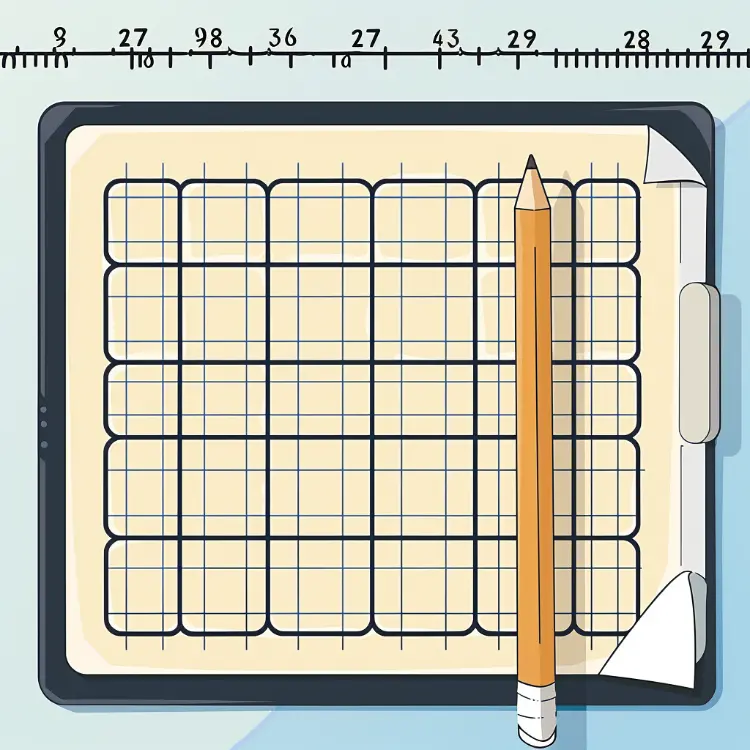Sudoku, a captivating logic-based puzzle, challenges players to fill a 9x9 grid so that each row, column, and 3x3 subgrid contains all digits from 1 to 9. This article delves into the intricacies of Sudoku, offering detailed insights, rules, and strategies to enhance your gameplay.

Sudoku is a logic puzzle that involves filling a 9x9 grid with digits from 1 to 9. The grid is divided into nine 3x3 subgrids, often referred to as "regions" or "boxes." The objective is to ensure that each row, column, and region contains all the digits from 1 to 9 without repetition.
Sudoku follows a simple yet strict set of rules:
To solve a Sudoku puzzle, you need logical reasoning, deduction, concentration, and patience. Here are some essential tools and techniques:
The difficulty of a Sudoku puzzle depends on the number and placement of the initial clues. Here’s a breakdown:
| Difficulty Level | Initial Clues | Characteristics |
|---|---|---|
| Easy | 35+ | Simple logic, straightforward |
| Medium | 28-34 | Requires more advanced techniques |
| Hard | 20-27 | Complex logic, multiple steps |
| Expert | <20 | Highly challenging, advanced strategies needed |
Sudoku is more than just a numbers game; it's a test of logic, patience, and strategy. Whether you're a beginner or an expert, understanding the rules and employing effective techniques can significantly enhance your solving skills. Dive into the world of Sudoku and experience the satisfaction of cracking each puzzle, one cell at a time.
For more in-depth strategies and tips, check out Sudoku of the Day and Sudoku.com.
This article provides a comprehensive guide to mastering Sudoku, from basic rules to advanced strategies. Whether you're new to the game or looking to improve your skills, this guide offers valuable insights and techniques to help you solve even the most challenging puzzles.

iPhone Apps– Great way to promote Your Business
Do you want to promote your business to a niche group of people? You can do it with the use of iPhone Apps. iPhone development has given businesses around the world an awesome marketing tool to reach niche markets.
Why iPhone App Development Is the Future of Mobile Development
Mobile apps market entered a new era with the launch of iPhone.
Making money online is not Difficult
It just requires dedication and hard work, just like any other business.